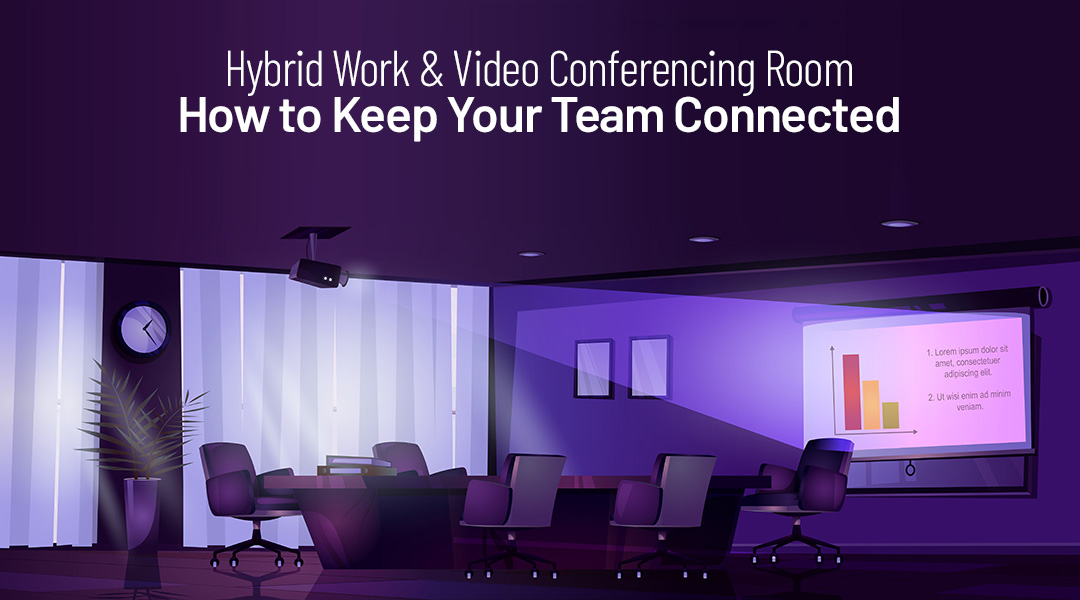As we move into an era of far more connectivity – autonomous cars, millions of connected IoT (Internet of things) devices on all fronts (medical, smart cities and homes, etc.), we will need to provide security mechanisms based on AI. As the cyber attack vectors are ever-evolving, it is becoming increasingly challenging for companies and individuals to protect themselves from the dangers lurking in the digital landscape. Recent research shows that most companies operating these days are lacking basic cyber defenses. Those who have are only capable of combating with 3rd generation of cyber-attacks, and lacking knowledge and resources to defend against generation 6 of cyber attacks.
Now to those who are unaware of the “Generation” difference of cyber-attacks, here’s the timeline.
Generation 1
Started in the 1980s. The Generation 1 Cyber Attacks primarily distributed viruses to PCs and workstations using floppy disks.
This led to the invention of signature-based anti-virus solutions– with Norton likely being one of the first to introduce such technology.
Generation 2
In the Mid 90s, cyberattacks on networks paved the way to the next generation of attack evolution.
In response, companies began implementing firewalls to secure the perimeters of IT infrastructures from cyber crooks.
Generation 3
This generation of cyber attacks was witnessed at the start of the 21st century where attackers started to focus their exploitation on industrial applications. Botnets were being used to send out spam paving the way for companies to introduce Intrusion Prevention Systems (IPS).
Generation 4
Generation 4 of cyberattacks emerged around 2010, marked by governments worldwide using cyber tools as weapons for mass destruction. These attacks can be carried out by various entities, including nation-states, organized cybercriminal groups, and even advanced individual hackers, and are designed for specific objectives, such as espionage, disruption, or economic gain.
In response to this escalating threat, Behavioral Analysis solutions were introduced to better detect and counter these targeted attacks.
Generation 5
The year 2016 witnessed the emergence of multi-vector attacks which were mostly state-sponsored and thus had the potential to destruct at a greater note.
To prevent Generation 5 cyberattacks, organizations and governments have focused on implementing advanced threat hunting and response capabilities, enhancing cyber resilience, and fostering international cybersecurity cooperation.
Generation 6
The attack may start with your smartphone and end up shutting down your data center after going through your cloud. As we move into an era of far more connectivity, security mechanisms must be based on AI.
How can ITAF help you regarding generation 6 cyber-attacks?
If you need help with protecting your business and your brand, Contact ITAF. Our experienced security experts can help you with installing and maintaining some of the most effective protection against any security risks, training your employees, and helping to defend your business from the lasting effects of hacking attacks.














